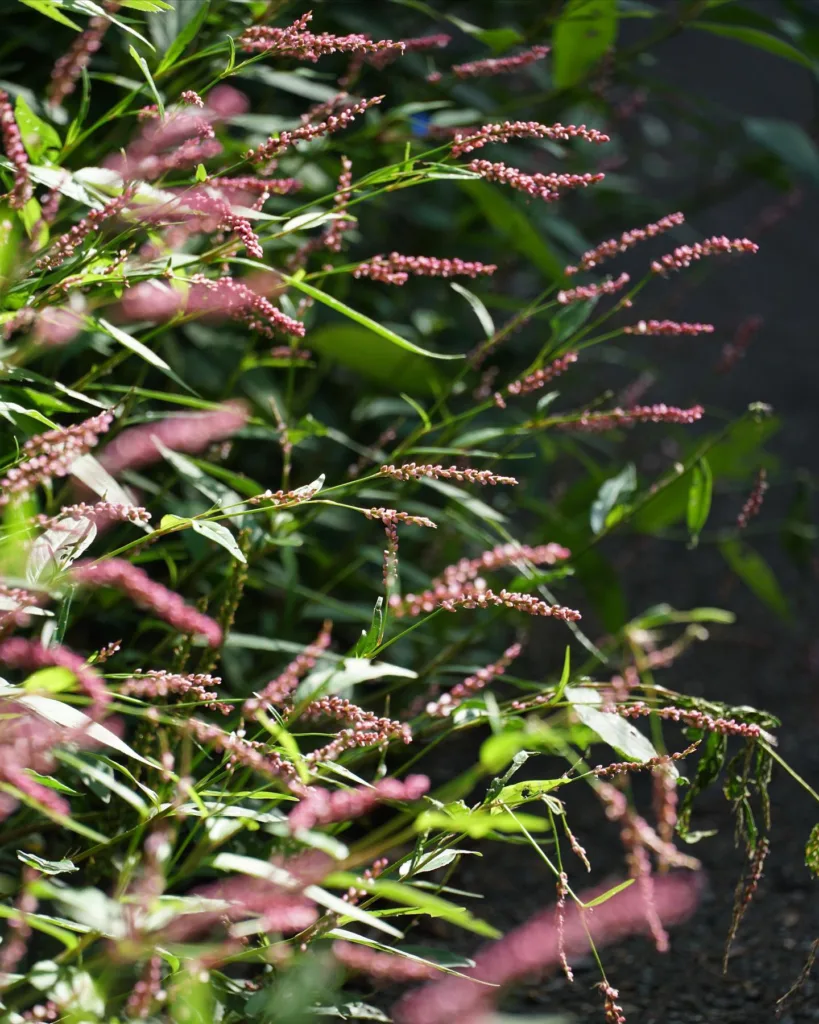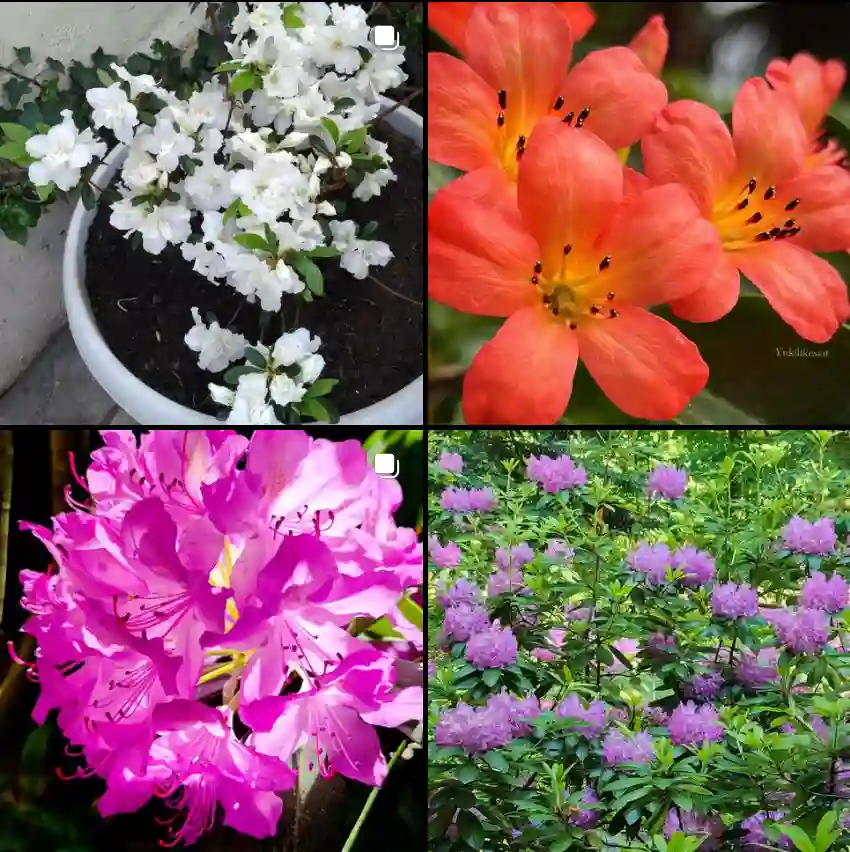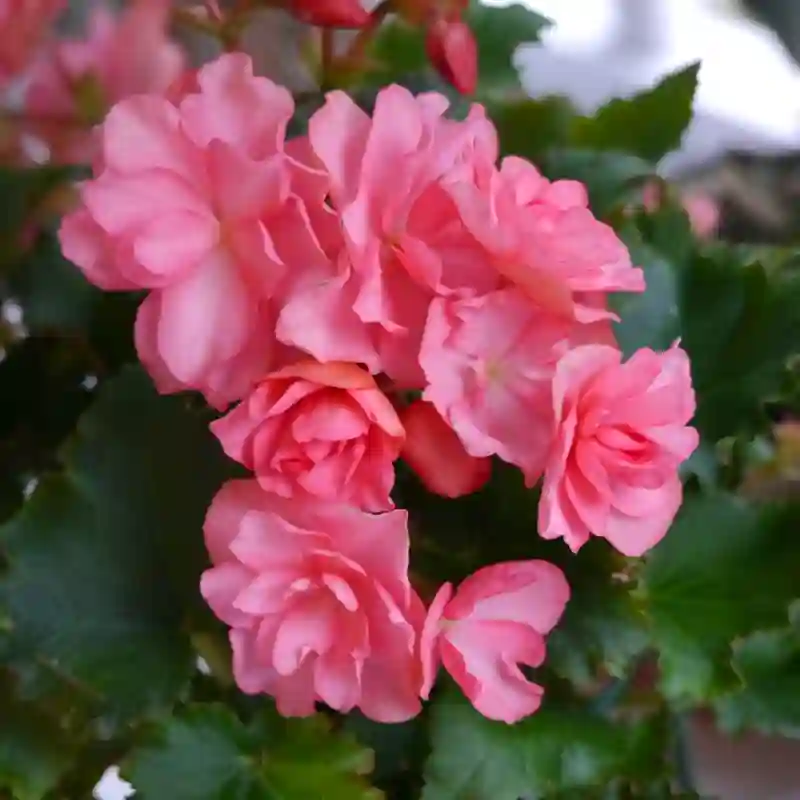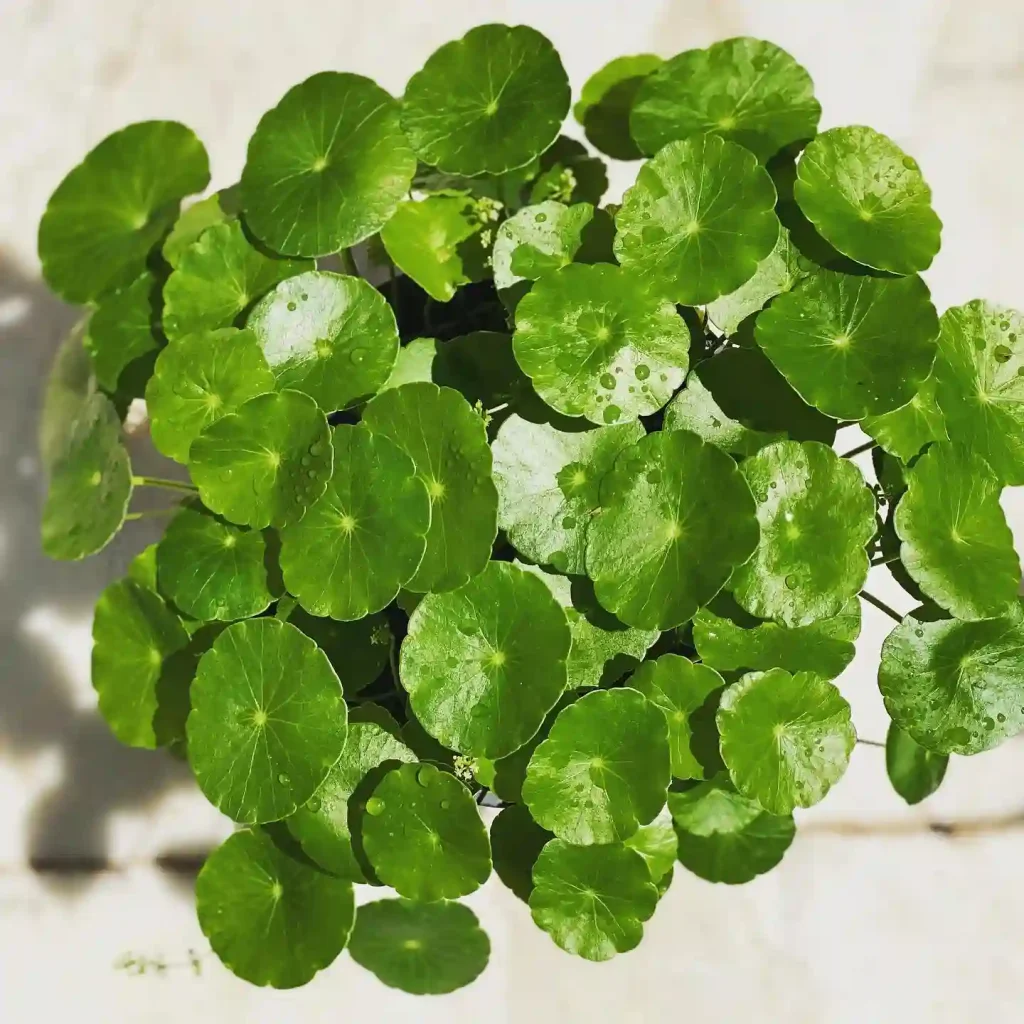FAQs About Parrotia Ruby Vase
When I first came across the Parrotia Ruby Vase, I was fascinated by its stunning appearance and unique characteristics. As a plant enthusiast, I wanted to dive deeper and share what I’ve learned about this extraordinary plant. Here are some of the most frequently asked questions I’ve encountered about Parrotia Ruby Vase.
2 Species in Genus Parrotia
What Is Parrotia Ruby Vase?
Parrotia Ruby Vase is a variety of the Parrotia Persica, commonly known as the Persian Ironwood. This cultivar is renowned for its eye-catching foliage, which turns vibrant shades of red, orange, and purple in the fall. It’s a deciduous shrub or small tree that can reach a height of 10 to 15 feet, with a similar spread. Its vase-shaped growth habit and attractive bark make it a popular choice for adding color and texture to gardens.
How to Care for Parrotia Ruby Vase?
Caring for Parrotia Ruby Vase is relatively straightforward, making it a great choice for both seasoned gardeners and beginners. Here’s what I’ve found essential for its care:
- Location: Parrotia Ruby Vase thrives in full sun to partial shade. While it can handle some shade, it performs best with at least 4-6 hours of direct sunlight daily.
- Soil: It prefers well-drained soil but is quite adaptable. A slightly acidic to neutral pH is ideal. I’ve had good results with a mix of loamy soil and compost.
- Watering: Regular watering is crucial, especially during the plant’s first year as it establishes itself. Keep the soil consistently moist but not waterlogged. Once established, it’s relatively drought-tolerant, though it benefits from occasional watering during dry spells.
- Fertilizing: An annual application of balanced fertilizer in early spring helps promote healthy growth and vibrant foliage. I use a slow-release granular fertilizer for best results.
- Pruning: Minimal pruning is needed, but removing any dead or damaged branches in late winter or early spring helps maintain its shape and health. I usually focus on removing any crossed branches to prevent potential issues.
How to Propagate Parrotia Ruby Vase?
If you’re looking to propagate Parrotia Ruby Vase, you can do so through seed or cuttings:
- Seeds: Collect seeds from mature plants in late fall. Stratify them by placing them in a cold, moist environment for a few weeks before sowing them in seed trays. Keep them in a warm, bright location until germination.
- Cuttings: Take semi-hardwood cuttings in late summer or early fall. Dip the cut ends in rooting hormone and plant them in a well-draining mix. Keep them in a humid environment until they develop roots.
What to Plant With Parrotia Ruby Vase?
Parrotia Ruby Vase pairs beautifully with a variety of companion plants. I recommend:
- Hostas: Their broad leaves provide a nice contrast to the delicate foliage of Parrotia Ruby Vase.
- Heucheras: Their vibrant foliage complements the changing colors of the Parrotia.
- Ornamental Grasses: Varieties like Feather Reed Grass or Fountain Grass add texture and movement to the garden.
- Evergreens: To maintain interest throughout the year, evergreens like Boxwood or Japanese Yew make excellent companions.
How to Use Parrotia Ruby Vase in Landscaping?
Parrotia Ruby Vase is versatile in landscaping. Here are some ways I’ve used it:
- Specimen Plant: Its striking appearance makes it a focal point in a garden bed or landscape.
- Hedging: It can be used as a formal hedge or screen due to its dense foliage.
- Accent Plant: It works well as an accent plant in mixed borders or along pathways.
Is Parrotia Ruby Vase Toxic?
The Parrotia Ruby Vase is non-toxic to humans and pets. I’ve found it to be a safe choice for family gardens where pets and children play. However, as with any plant, it’s always a good idea to supervise children and pets to prevent any accidental ingestion of plant material.
Common Problems and Solutions
Like any plant, Parrotia Ruby Vase can face some challenges:
- Pests: It’s relatively pest-resistant, but watch out for aphids or scale insects. Treat any infestations promptly with insecticidal soap.
- Diseases: It can be prone to fungal issues in overly wet conditions. Ensure proper drainage and avoid overhead watering to minimize risk.
- Leaf Drop: If you notice excessive leaf drop, it could be a sign of stress from drought or poor soil conditions. Adjust watering practices and check the soil quality.
In summary, Parrotia Ruby Vase is a stunning and adaptable plant that can add vibrant color and texture to your garden. With proper care and attention, it can thrive and become a standout feature in any landscape.
If i die, water my plants!



